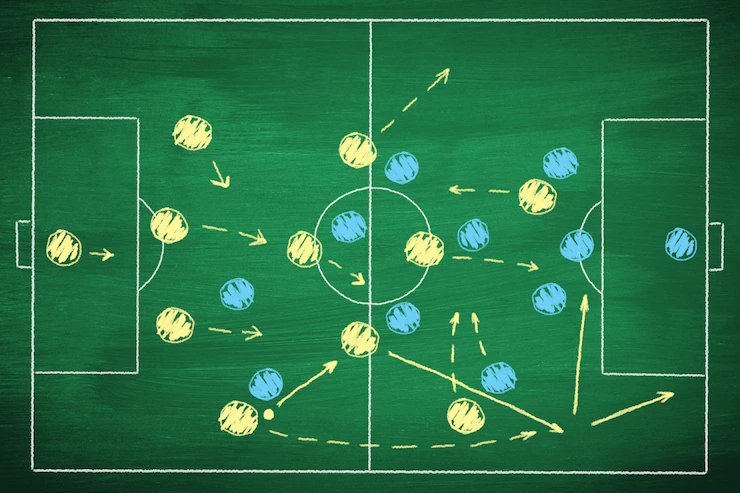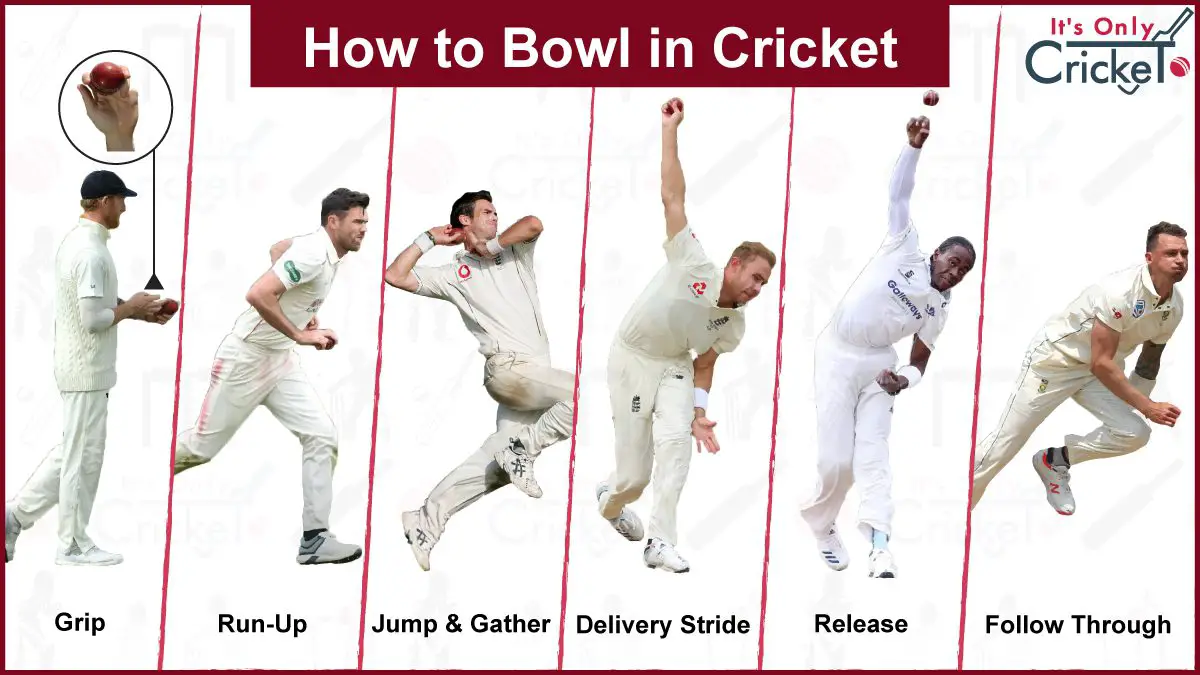
A Comprehensive Guide to Defensive Boxing Skills
Boxing, often perceived as a brutal, offensive sport, is fundamentally a battle of wits and precision. While the knockout punch grabs headlines, it’s the mastery of defensive skills that truly separates contenders from champions. A solid defense isn’t just about avoiding punches; it’s about controlling the fight, setting up counters, and conserving energy for strategic offense. This comprehensive guide delves into the crucial defensive techniques every boxer needs to master.
I. Footwork: The Foundation of Defense
Footwork is the cornerstone of effective boxing defense. It dictates your positioning, allows for efficient movement, and dictates the angles of incoming punches. Without proper footwork, even the best defensive techniques become significantly less effective.
-
The Boxing Stance: Maintaining a balanced, athletic stance is paramount. Your feet should be shoulder-width apart, knees slightly bent, and your weight evenly distributed. This allows for quick movement in any direction.
-
Lateral Movement: The ability to move laterally (side-to-side) is crucial for evading punches. Practice shuffling your feet, maintaining your balance, and keeping your opponent at a distance. This allows you to avoid power shots and create openings for your own attacks.
-
Pivot Steps: Pivoting allows you to change angles quickly and efficiently. This is particularly effective when dealing with opponents who favor specific punching angles. Practice pivoting on the balls of your feet, maintaining balance and staying light on your feet.
-
Back Pedaling: While not always ideal, controlled back pedaling can be used to create distance and avoid a flurry of punches. Avoid running away; maintain your balance and continue to engage with your opponent.
-
Cutting Off the Ring: This advanced technique involves using footwork to control the distance and prevent your opponent from maneuvering to advantageous positions. It requires precise movement and an understanding of your opponent’s tendencies.
II. Head Movement: Slipping, Bobbing, and Weaving
Head movement is the art of evading punches without relying solely on footwork. It adds layers of complexity to your defense and allows for more nuanced evasion techniques.
-
Slipping: Slipping involves subtly moving your head just enough to avoid an incoming punch. This requires anticipation and timing, allowing you to redirect the punch and create an opportunity for a counter. Practice slipping punches both left and right, adapting to the opponent’s style.
-
Bobbing and Weaving: Bobbing involves lowering your body slightly to avoid punches aimed at the head, while weaving involves moving your head sideways to evade punches. These techniques are often used in combination, creating a fluid and unpredictable defensive pattern. Mastering the bob and weave requires practice and good coordination.
-
Rolling with Punches: This advanced technique involves absorbing the impact of a punch by slightly rotating your body. It requires excellent balance and body control, allowing you to minimize the impact of a blow while maintaining your composure.
III. Blocking and Parrying:
While evasion is preferable, blocking and parrying are essential defensive tools. They provide a physical barrier against incoming punches, but should be used strategically, not as a primary method of defense.
-
Blocking: Blocking involves using your gloves, forearms, and shoulders to deflect punches. It’s important to block with your gloves, protecting your hands and maximizing the absorption of impact. Improper blocking can lead to injuries.
-
Parrying: Parrying involves using your gloves to redirect punches, deflecting them away from your body. This requires precise timing and hand-eye coordination, allowing you to create openings for your own attacks.
IV. Defensive Postures and Guard:
Maintaining a strong defensive posture is crucial for overall defense. This involves proper positioning of your hands, arms, and body to create a shield against incoming attacks.
-
High Guard: This involves keeping your hands high, protecting your head and face. It’s a defensive posture that’s suitable against aggressive opponents.
-
Low Guard: This involves keeping your hands lower, protecting your body and leaving your head more exposed. It is useful against opponents who favor body shots.
-
Philly Shell: This advanced defensive posture involves keeping one arm high and the other slightly lower, creating an unorthodox defensive structure that can be extremely effective.
V. Ring Generalship and Strategic Defense:
Effective defense extends beyond individual techniques; it incorporates understanding the flow of the fight and utilizing strategic positioning.
-
Distance Management: Controlling the distance between you and your opponent is key to dictating the pace and flow of the fight. Maintaining the optimal distance allows you to avoid punches while remaining in striking range.
-
Angle Management: Using angles to your advantage is crucial in both offense and defense. Moving to favorable angles allows you to minimize the effectiveness of your opponent’s attacks.
-
Counter Punching: Turning defense into offense is a hallmark of elite boxers. By evading punches and creating openings, you can set up devastating counter-punches.
-
Reading your Opponent: Observing your opponent’s patterns, tendencies, and weaknesses is vital for predicting their attacks and creating effective defensive strategies.
VI. Mental Fortitude and Conditioning:
Defensive boxing requires more than just physical skills; mental fortitude and physical conditioning are equally important.
-
Mental Toughness: The ability to stay calm and focused under pressure is crucial. Defensive boxing demands mental resilience, allowing you to stay composed even when taking punches.
-
Stamina and Endurance: Defending effectively requires significant stamina. Constant movement and evasion consume energy, making proper conditioning essential.
-
Discipline and Patience: Defensive boxing requires discipline and patience. It’s often about waiting for the right moment to strike rather than engaging in reckless exchanges.
Mastering defensive boxing techniques requires dedication, consistent practice, and a deep understanding of the sport. By combining excellent footwork, precise head movement, effective blocking and parrying, and strategic ring generalship, boxers can transform their defense into a potent offensive weapon. Remember, a strong defense is not a passive strategy; it’s a proactive approach that allows you to control the fight and emerge victorious.



